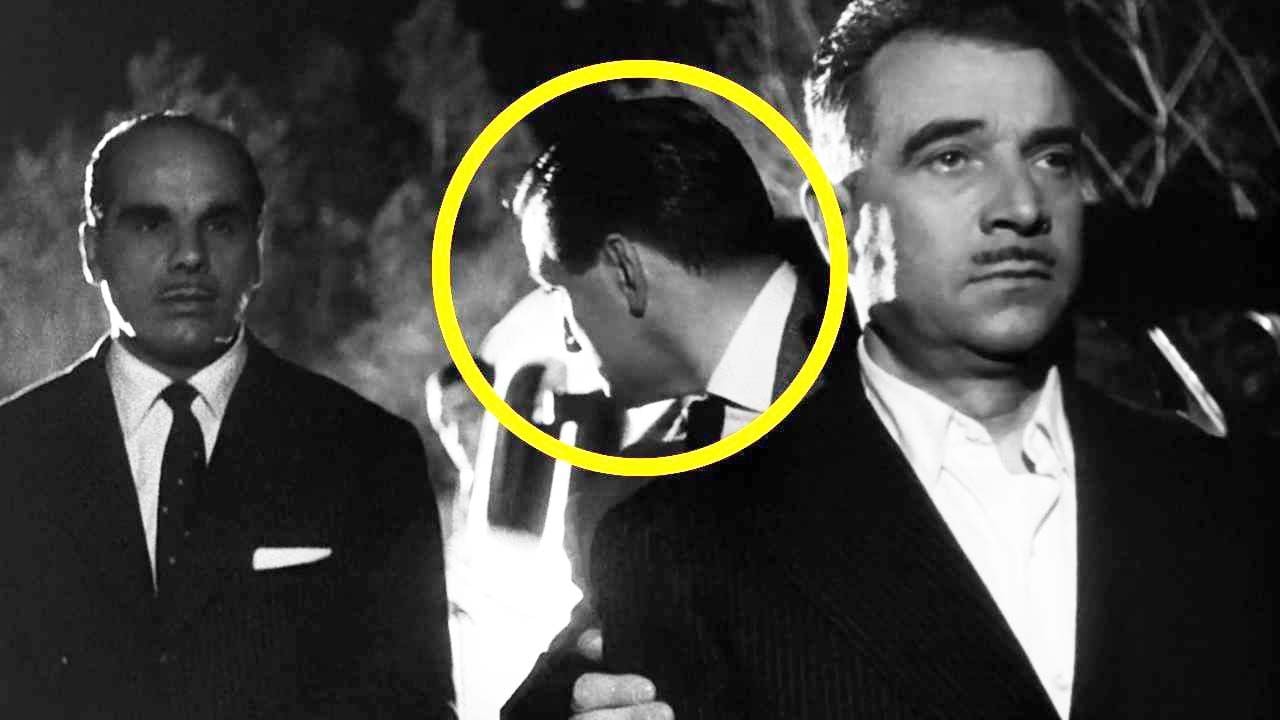One of them is breast transformation. It is associated with changes in our menstrual cycle as we enter perimenopause and the ovaries begin to produce less estrogen. This phase usually lasts between the ages of 45 and 55, but it can start earlier or later.
Hormonal surges change our breasts: here’s what you can see.
No, it’s not about the famous “nipple orgasm” – now you constantly feel heaviness, discomfort or burning in the chest. It’s impossible to stop the hormonal clock, but there are ways to help you deal with the discomfort.
First, wear a well-fitting sports bra, second, change your diet – give up alcohol, coffee, chocolate and sodas and eat more fiber, third, exercise regularly. If this does not help, consult a doctor – perhaps the only way to get rid of pain is to use medication.
He certainly won’t turn into “spaniel ears” at 40 – you usually don’t notice any changes until you’re 50. They appear during postmenopause, when estrogen levels drop and the elasticity of the chest skin and ligaments decreases because of this. . Do you want to prevent these “updates”? Don’t skimp on the push-ups!
ADVERTISEMENT – CONTINUED BELOW









